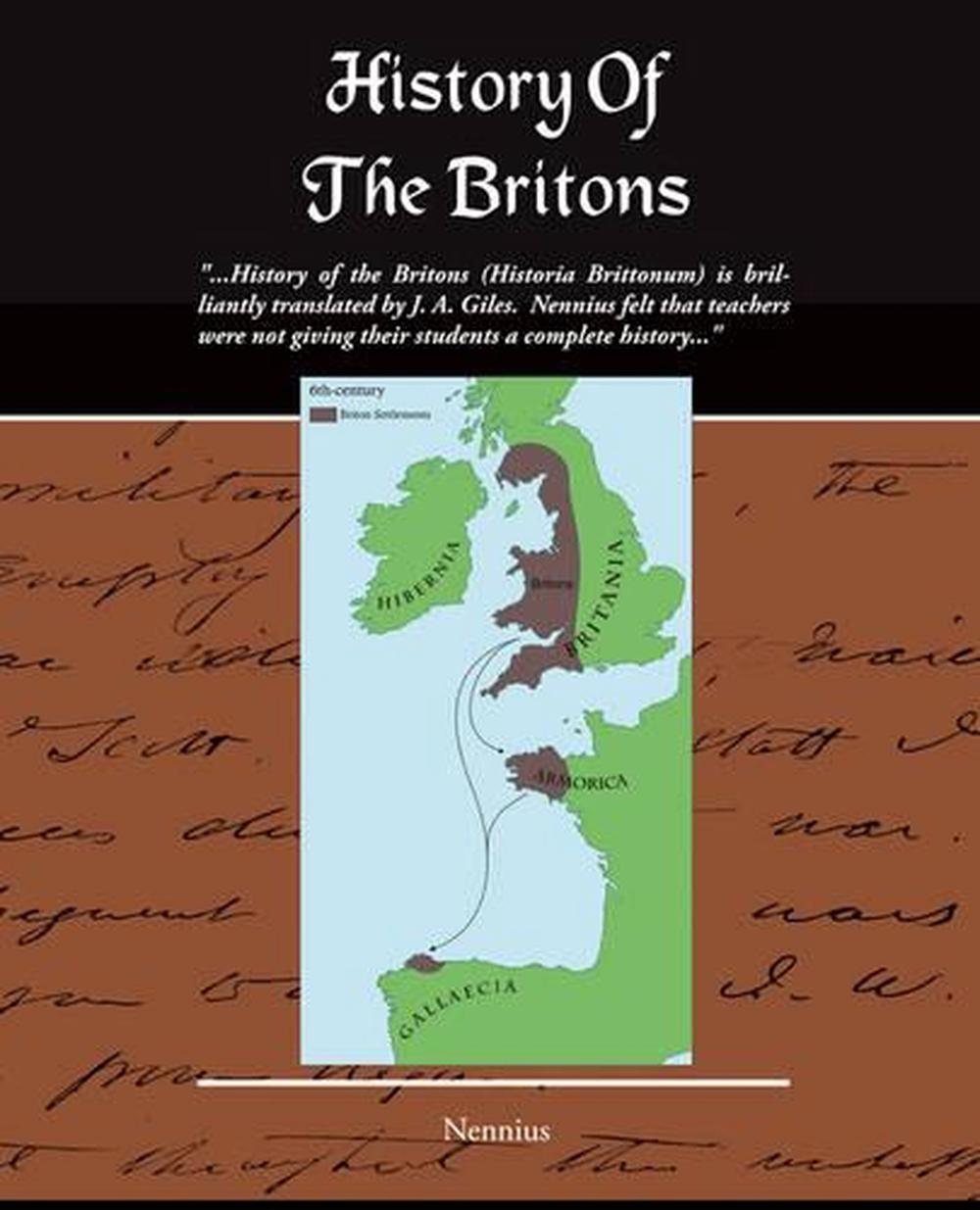
Ĭulhwch is given the task by Ysbaddaden, the giant whose daughter Olwen Culhwch seeks, of obtaining the comb and scissors from Twrch's head. Some scholars consider that Tor son of Ares is the Twrch son of Tared of Culhwch and Olwen and that the authentic name is probably Ares. In French romances such as by Chrétien de Troyes, Ares is the father of a knight called Tor. Twrch is named as the son of Prince Tared (or Taredd Wledig ), cursed into the form of a wild creature he has poisonous bristles, and carries a pair of scissors, a comb and a razor on his head between his ears.

Lady Guest tr., notes to Kilhwch and Olwen, Mabinogion.

And people come and take away the stone in their hands for the space of a day and a night, and on the next day it is found on its heap. When he hunted the swine Troynt(→Troit ), Cabal, which was a dog of the warrior Arthur, impressed the stone with the print of his foot, and Arthur afterwards collected a heap of stones beneath the stone in which was the print of his dog's foot, and it is called Carn Cabal. There is a heap of stones, and one stone laid on the heap having upon it the footmark of a dog. There is another wonder in the region called Buelt. It gives a list of marvels around Britain, one of them being the footprint left in rock by Arthur's dog Cavall (here Latinized as Cabal), made while chasing the great boar (here called Troynt): The Mirabilia is believed to be near-contemporaneous to Nennius' ninth-century Historia Brittonum and is found appended to it in many extant manuscripts. The earliest reference to the boar Trwyth occurs in the tract De Mirabilibus Britanniae (or Mirabilia in shorthand), variously titled in English as " Wonders of Britain". The name in Welsh can be construed to mean "the boar Trwyth", and may have its analogue in the boar Triath of Irish mythology (see #Etymology and Irish cognate below).

A passing reference to Twrch Trwyth also occurs in the elegy Gwarchan Cynfelyn preserved in the Book of Aneirin.

However, a richly elaborate account of the great hunt appears in the Welsh prose romance Culhwch and Olwen, probably written around 1100. The names of the hound and boar are glimpsed in a piece of geographical onomasticon composed in Latin in the ninth century, the Historia Brittonum.


 0 kommentar(er)
0 kommentar(er)
